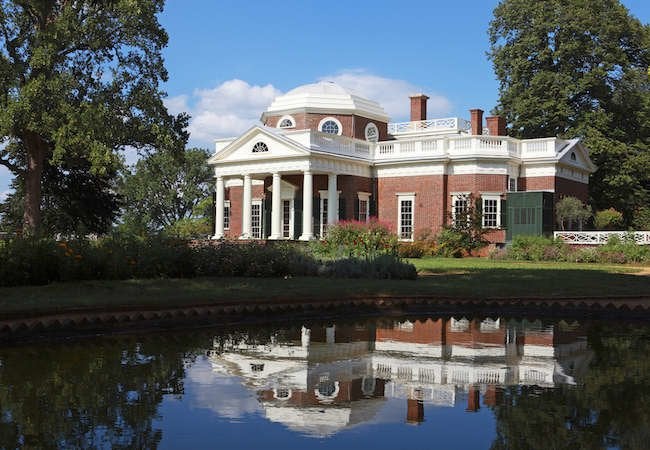

We may earn revenue from the products available on this page and participate in affiliate programs. Learn More ›
Fallingwater, Mill Run, Pennsylvania
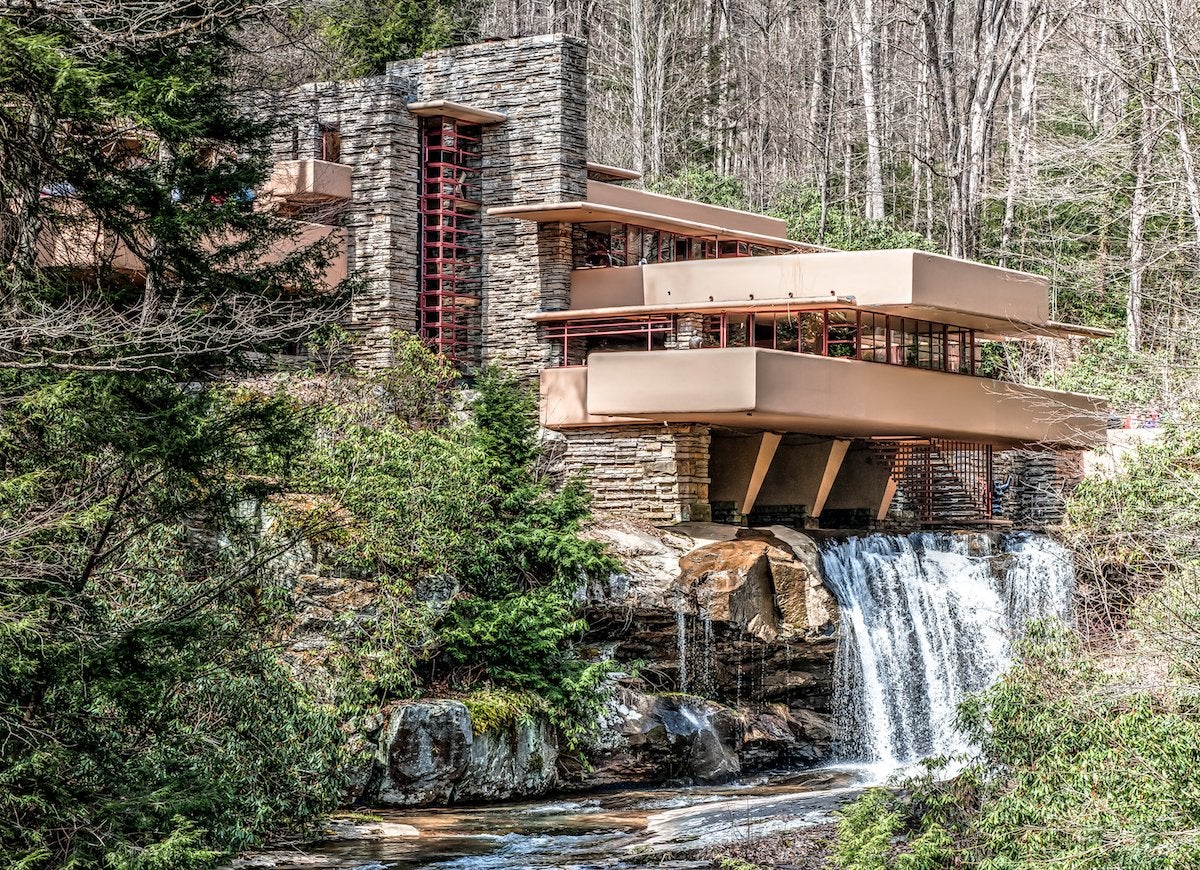
If not for modern efforts to safeguard Frank Lloyd Wright’s design, water wouldn’t have been the only thing falling at Fallingwater. As a result of sagging of the non-reinforced floors of the cantilevered balconies, the home itself was in danger of collapsing and falling into Bear Run. To restore the iconic house, a construction crew employed post-tensioning with prestressed concrete to reinforce the cantilevers and restore the original floors and walls. Thanks to the careful renovations, Wright’s groundbreaking design is every bit as compelling today as it was the day it was completed.
Tower of Pisa, Pisa, Italy

Tourists have craned their necks—and scratched their heads—for centuries to uncover why the Leaning Tower of Pisa leans. As it turns out, that famous tilt is the result of a bad foundation. The tower was built in the early 12th century on ground too soft on one side to support its weight. As each successive story was added, the foundation destabilized—eventually displacing the tower by five and a half degrees. Standing today at a corrected four-degree tilt, the lopsided landmark is lauded by architecture buffs as one of history’s most beautiful mistakes.
Related: Weird or Wonderful? 22 Homes That Are Anything But Ordinary
Sydney Opera House, Sydney, Australia
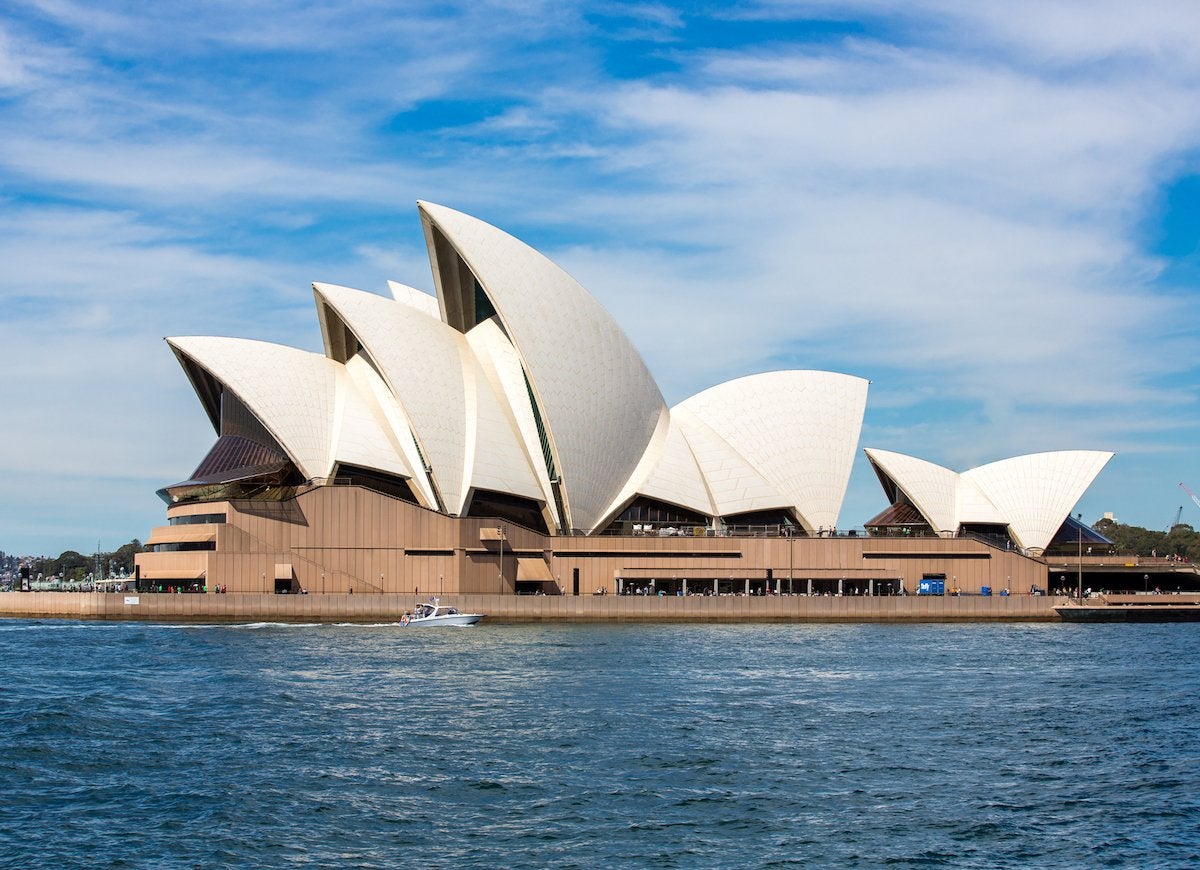
You’d never guess by the melodic tones that emanate from the halls of the Sydney Opera House that its hidden weakness is none other than its acoustics. The discord began in 1967, when it was decided that the small sail portion of the structure, which was intended for stage productions, would house the opera, and the large sail, intended to house the opera, would serve as the concert hall. Not only did this leave the concert hall with an overabundance of seats, but it meant that the pit in the opera house was constrained to a tiny area that made it difficult for musicians to hear themselves and their fellow musicians. But sweeter sounds may lie ahead. Last year, plans were announced for a $202 million renovation, complete with acoustical upgrades, which could, at last, make the Sydney Opera House sound as good as it looks.
Monticello, Charlottesville, Virginia
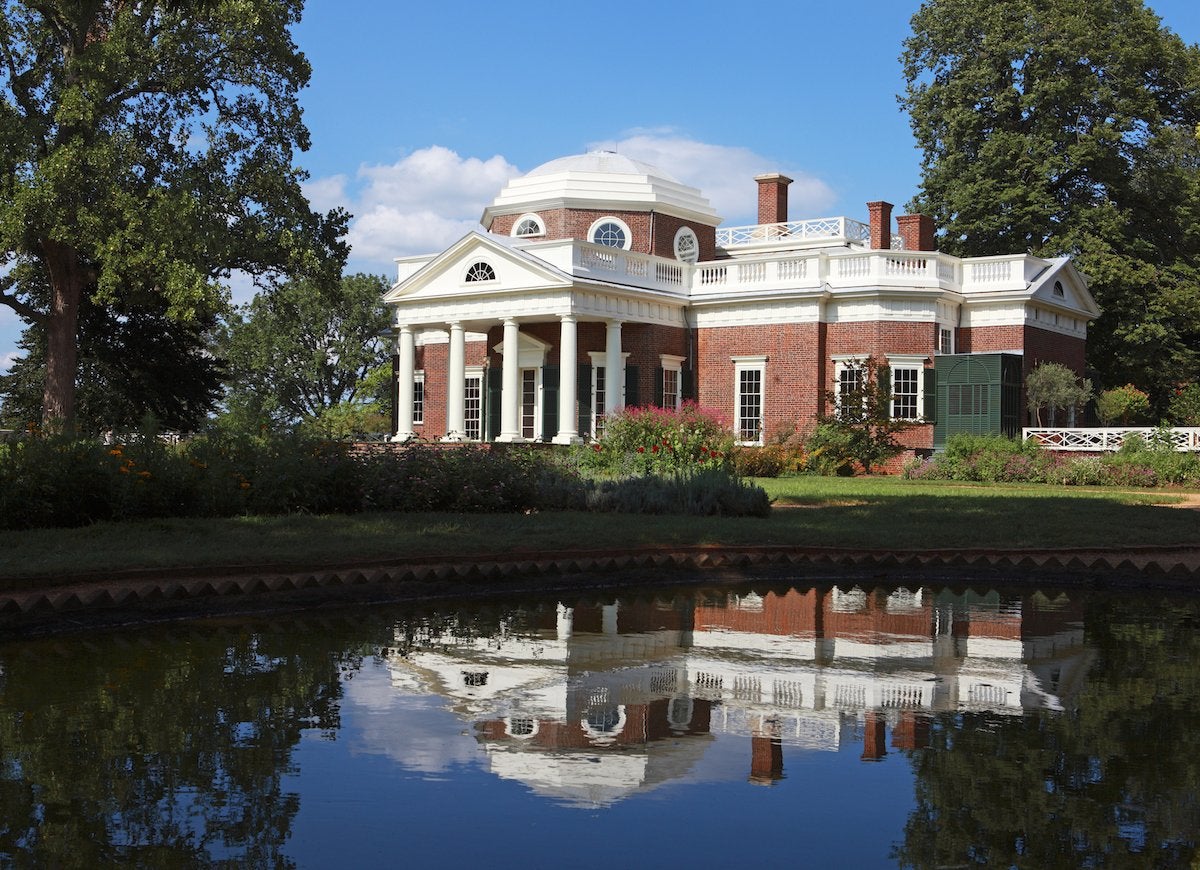
Thomas Jefferson famously favored frugality and eschewed excess, a philosophy that extended to his personal design sense. Arguing that staircases were a waste of space, Jefferson opted not to build a grand staircase for his home, Monticello, choosing instead a steep and narrow flight of stairs. Other amenities were similarly sparing, from a dinner table that was set up only at mealtime, to space-saving beds that folded into the walls. The most ornate fixture of Monticello, the octagonal cupola atop the western wing of the estate, housed an elegant sitting room that was seldom used because it was too hot in summer and too cold in winter.
Glass House, New Canaan, Connecticut
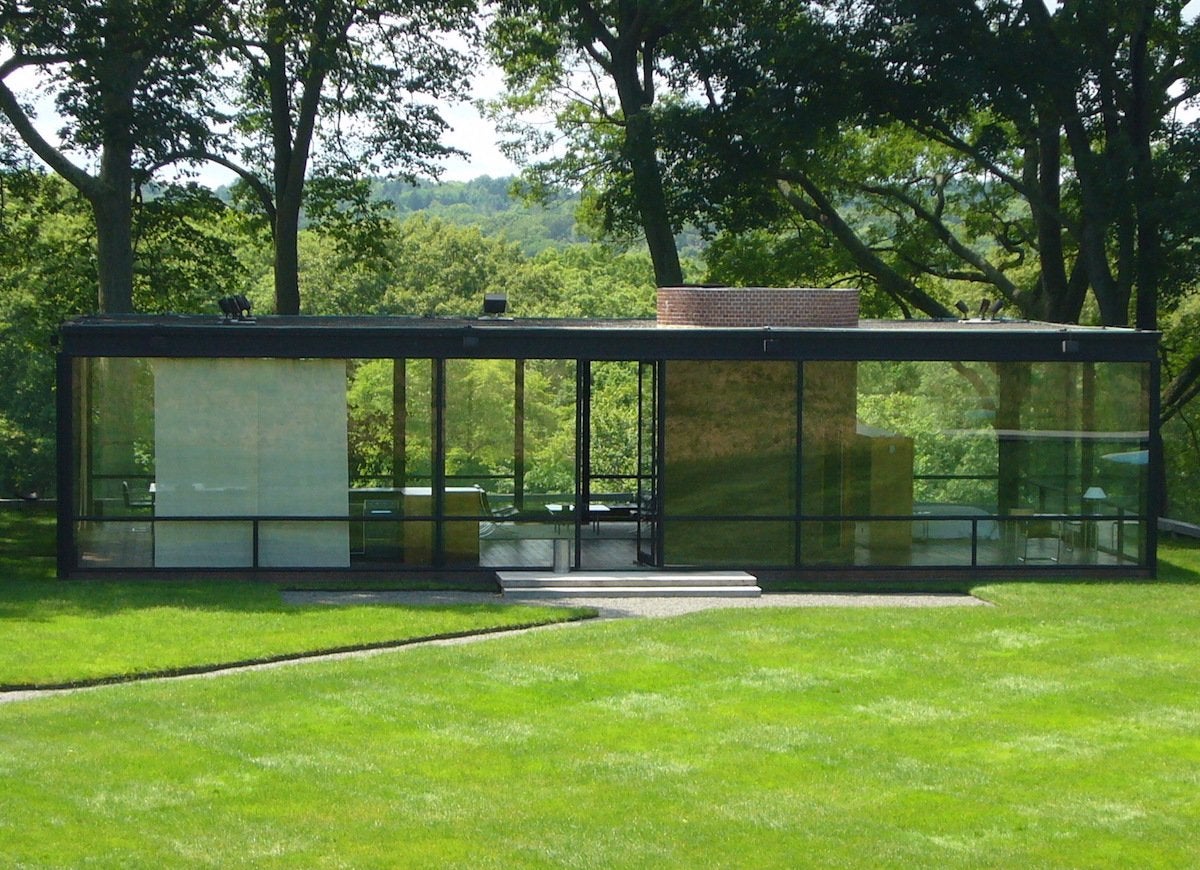
The transparent walls of Philip Johnson’s revolutionary Glass House allow nature enthusiasts to immerse themselves in the environment. But, being at one with the great outdoors can also invite nature’s peskiest by-product: leaks due to rainwater. While no property is immune to the occasional leaky roof, flat-roofed homes like the Glass House are more susceptible than most to continuous leaks. Frank Lloyd Wright is rumored to have called one of his designs a “two-bucket house.” In response, Philip Johnson retorted that his was a “four-bucket home,” with a bucket stationed at each corner.
Buckingham Palace, London, England

Centuries of royal intrigue lie hidden within each and every one of the 775 rooms of Buckingham Palace. But the best-kept—and most unsavory—secret originates in the kitchen. In 1837, shortly after the young monarch Queen Victoria moved in, the palace kitchen was flooded with sewage. Victoria’s husband, Prince Albert, assembled a team to assist in the repair of this and other palace features that ran afoul of design expectations, such as poor ventilation and the tendency for gas from gas lamps to accumulate on lower floors.
John Hancock Tower, Boston, Massachusetts
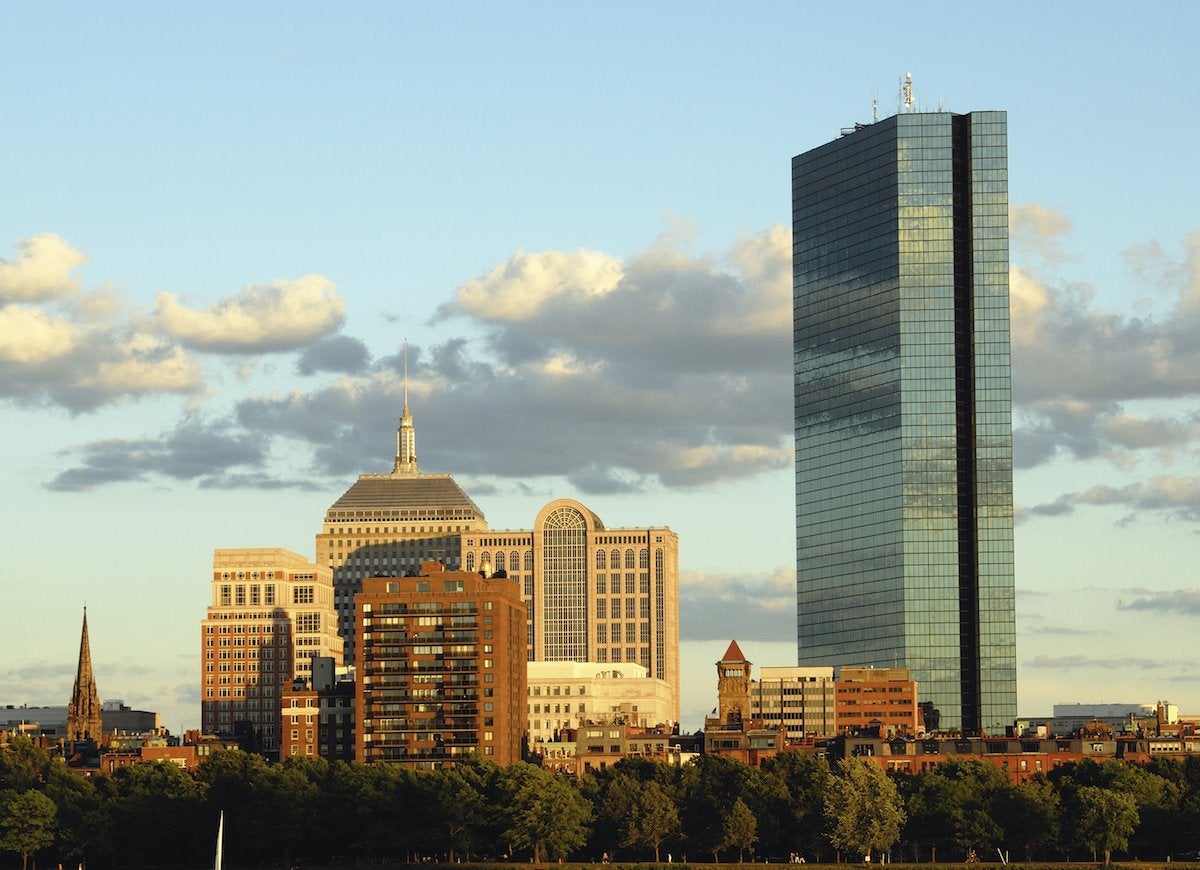
While the blue glass windows of the John Hancock Tower make a striking impression in the Boston skyline, they were not always such a welcome sight to locals. In the building’s earliest days, the structure’s double-layered reflective glass panels began to detach from the building as a result of thermal stress, falling onto the sidewalk below. The fear of flying objects was so great that police blocked off neighboring streets when winds reached 45 miles per hour. At the same time, occupants of the tower’s higher floors reported experiencing motion sickness as the building swayed in the wind. Fortunately for modern-day Bostonians, both architectural challenges were corrected when the window glass was replaced with single-layer tempered glass, and a harmonic absorber was installed for stability.
Vdara Hotel and Spa, Las Vegas, Nevada
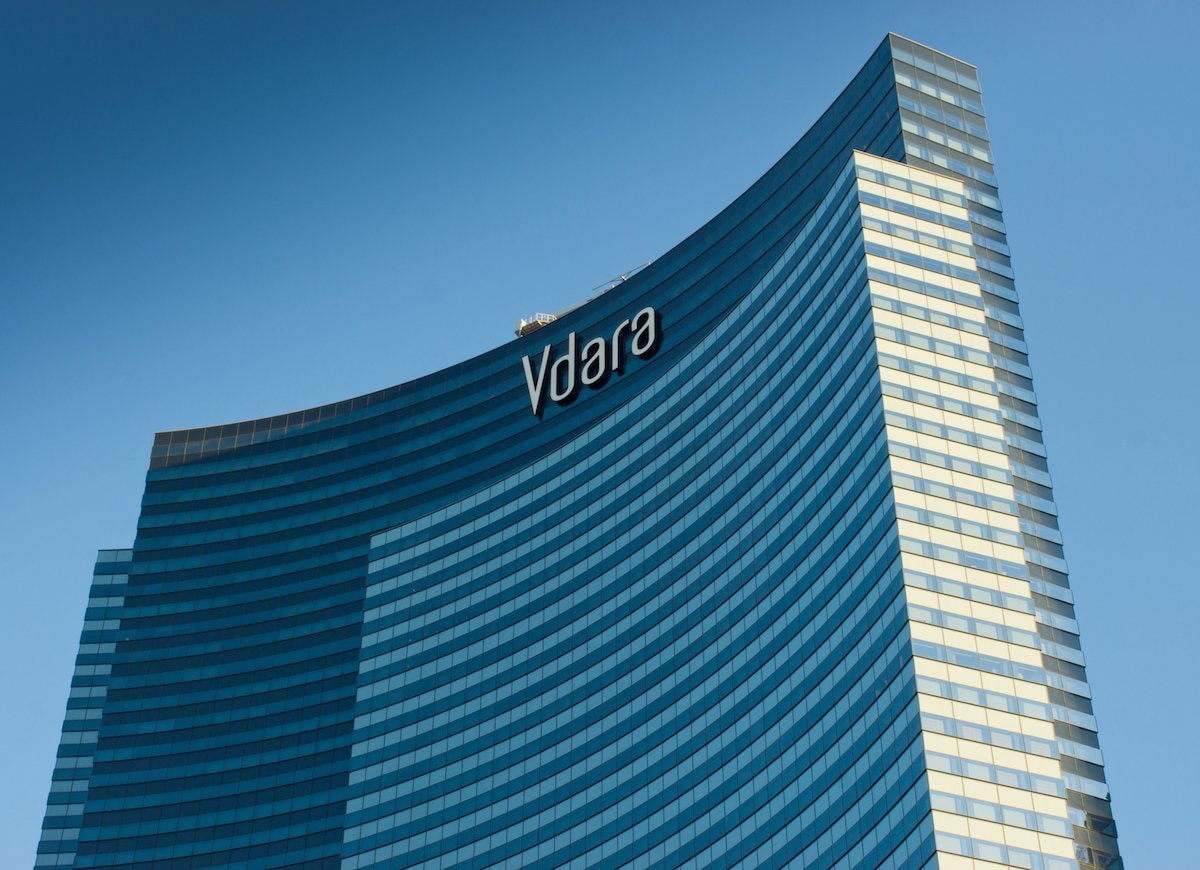
Tourists flock to Vdara Hotel and Spa for fun and sun in the heart of Vegas. But, because of the hotel’s unique curved glass exterior, one group of tourists got more sun than they bargained for in 2010, when hot rays reflecting against the glass beamed over the hotel pool, amplifying the heat to extreme temperatures and allegedly singeing nearby bathers. The hotel, needing more than just sunblock to quell that scorcher, installed umbrellas over the pool deck to shield hotel patrons from the worst of the heat.
Related: 10 Tricks for Keeping Cool Without Air Conditioning
Farnsworth House, Plano, Illinois
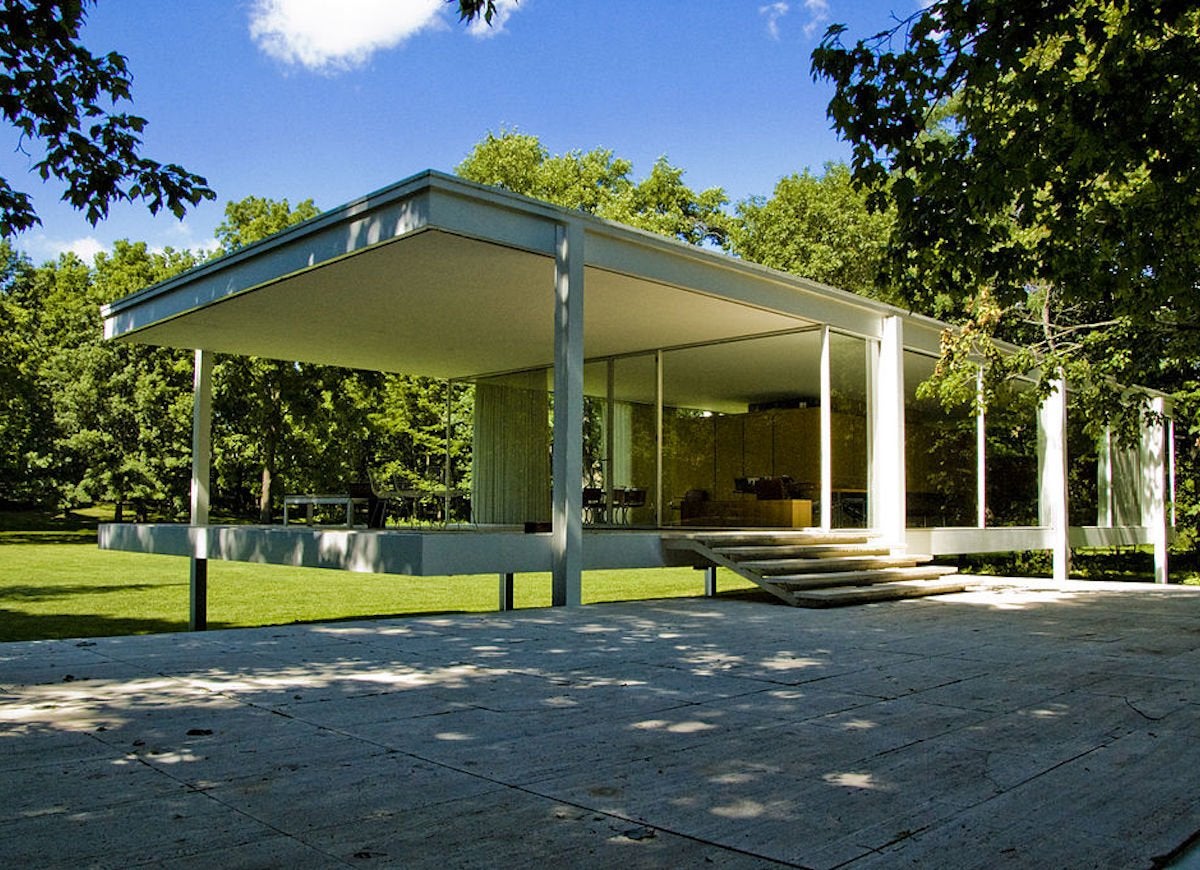
Although Ludwig Mies Van der Rohe’s architectural achievements earned him the Presidential Medal of Freedom, his work on the Farnsworth House garnered less glowing reviews from the woman who commissioned the work, Edith Farnsworth. Citing design flaws, including poor ventilation, swarms of bugs attracted by the illumined interior, and frequent flooding from a nearby stream due to the house’s position on a floodplain, Farnsworth sued Mies for misrepresenting the home. When Farnsworth lost the lawsuit and expatriated to Italy, Peter Palumbo acquired the property, initiating a series of artful improvements that three decades later earned the house a place on the National Register of Historic Places.
Villa Savoye, Poissy, France

To preserve the aesthetic appeal of the pristine white exterior of Villa Savoye, the home of Pierre and Eugénie Savoye, the famed architect Le Corbusier opted not to include downspouts and sills in the original design. Ironically, these very decisions ultimately compromised the aesthetic appeal of the exterior when insufficient drainage caused water to pour down the exterior, staining and eroding the white panels. The unsightly staining, together with a leaky roof and nondurable construction materials, caused the home to be abandoned, then put on track for demolition. Luckily for architecture lovers, protests saved the Villa Savoye, and the building eventually became the first modernist structure in France to be designated a historic monument.
Wingspread, Racine, Wisconsin
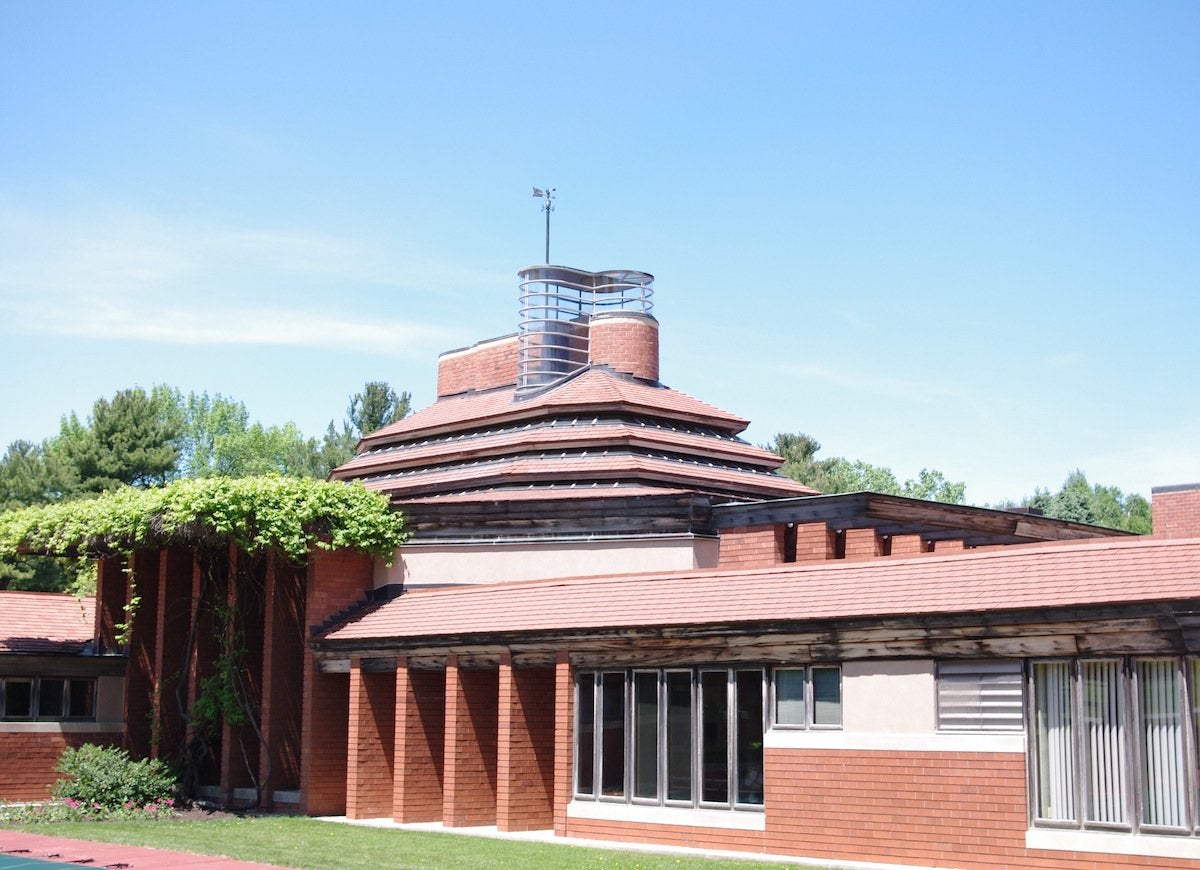
In 1939, when Herbert Johnson, owner of Wingspread, phoned architect Frank Lloyd Wright in a panic to inform him that the roof was leaking, the architect replied, “Why don’t you move your chair?” But over time it would become clear that shuffling around furniture was no match for the weak plywood roof that “sheltered” the 14,000-square-foot home. In 1994, after decades spent plugging leaks in the roof, Wingspread nearly collapsed in the aftermath of an ice storm, spurring restoration efforts. To put a permanent stop to the leaks, a construction crew replaced the old roof rafters and adhered carbon to the sheathing of the lower roof for added reinforcement.
Citicorp Center, New York City

Few architecture students would be so bold as to point out the flaws in one of New York City’s most notable skyscrapers. But, that’s exactly what Diane Hartley did in 1978, when she informed William LeMessurier, chief structural engineer of Citicorp (now Citigroup) Center, that the building was vulnerable to swaying when winds struck at its corners. After confirming Hartley’s assessment and uncovering that the building had a one-in-sixteen chance of collapsing in a heavy storm, LeMessurier rallied Citicorp, the Red Cross, the NYPD, and weather organizations to initiate repairs, monitor for windstorms, and devise an evacuation plan in case of an emergency. The entire crisis was averted in secret and did not become known to the public until 1995.

Our Favorite Prime Day Deals Are Sure to Sell Out
Prime Day runs July 8 through 11, and Amazon (and many more retailers) have released hundreds of exciting seasonal deals. Check out our favorite products in the sales, from power tools and outdoor equipment to robot vacuums and power stations.